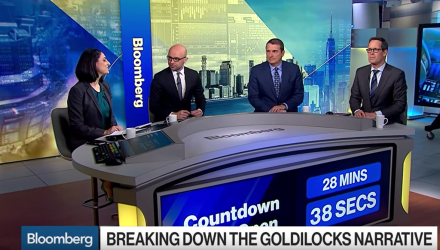Markets have no doubt come back from their fourth-quarter doldrums in 2018, but is a rally marked by low volatility and volume reflecting underlying weakness ahead?
After a strong first quarter rebound for the capital markets, there still remains a wall of worry for investors, such as slowing global growth and inverted yield curves. Is this a reflection of a stock market rally without much substance, which is leading to traders shorting market leaders and investors relying too much on factor investing to save them?
Even with a December 2018 to forget, ETFs continued to amass assets to the tune of over $51 billion while mutual fund flows suffered. Mutual funds, bond and equity funds, in December lost a record $152 billion.
One would assume that outflows from U.S. equities in 2018 would also be evident in ETFs that have been purchasing the downtrodden shares in the three major indexes. However, that hasn’t been the case as ETFs received $314 billion worth of inflows despite a challenging 2018–a drop from the $466 billion the previous year, but given the challenges of 2018, an impressive figure nonetheless.
In the video below, Oksana Aronov, portfolio manager at JPMorgan Asset Management, George Bory, head of fixed income research at Wells Fargo Securities, and Jim Bianco, president at Bianco Research, discuss the idea of a Goldilocks economic scenario for markets. They speak with Bloomberg’s Jonathan Ferro on “Bloomberg Markets: The Open.”
For more market trends, visit ETF Trends.

